Sardinia: Still a Wild Place with Beauty Everywhere
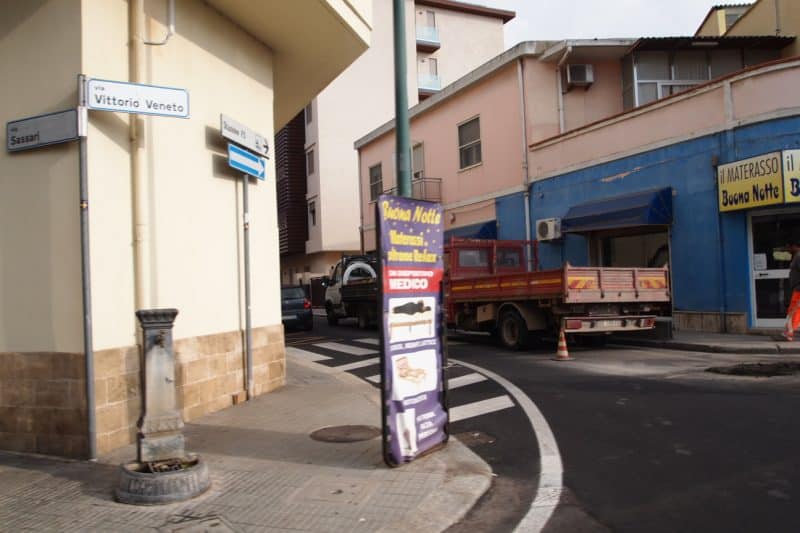
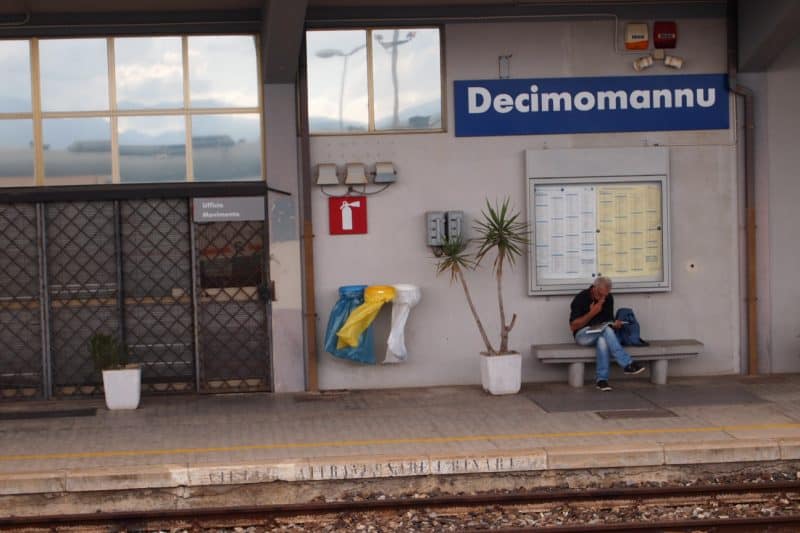
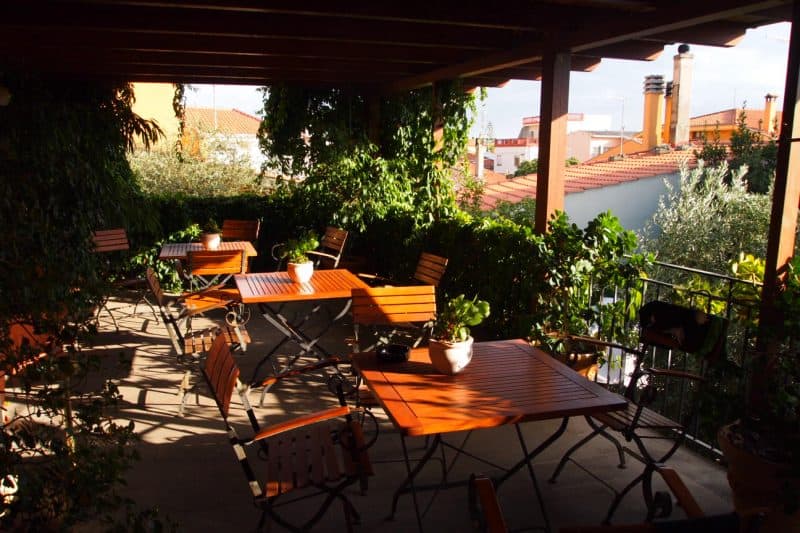
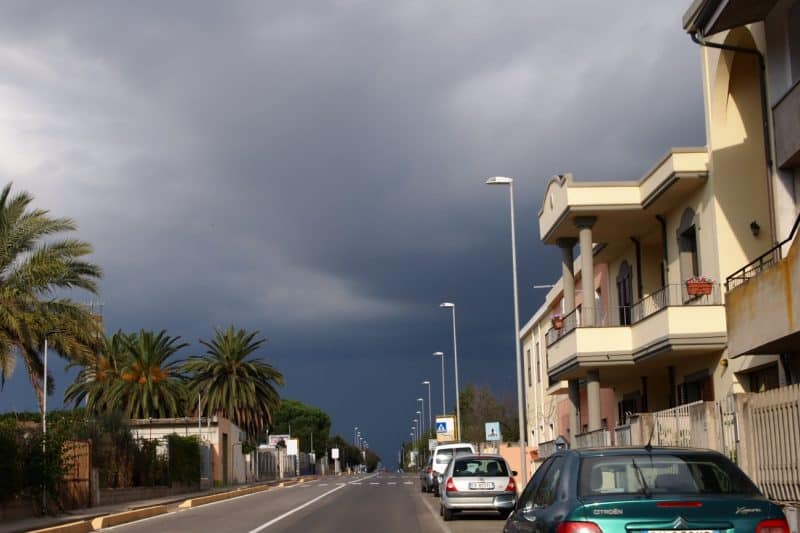
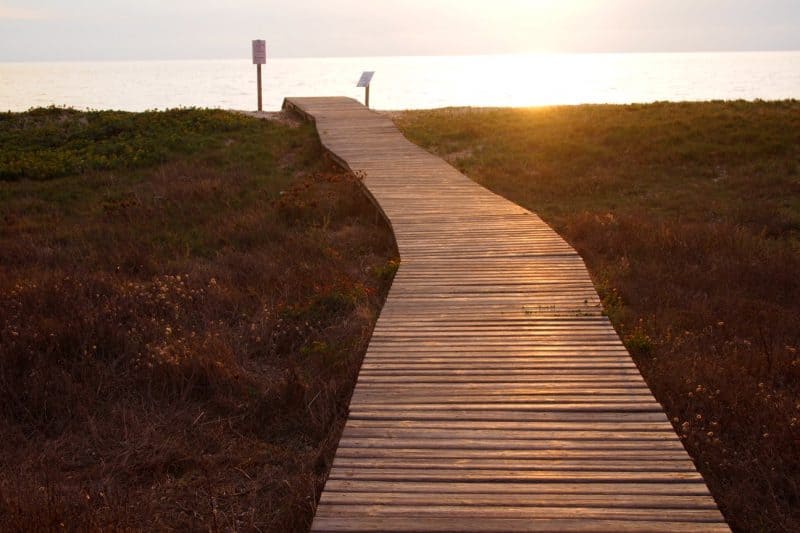
Seven years ago I first came to this second-largest island in the Mediterranean that the Romans and Phoenicians called Ichnusa.Sardinia today is an autonomous region of Italy, but as my guide Davide told me, it’s not Italy–the natives even speak a unique language on this island, though most people here also speak Italian. Sardinians, like the Corsicans to the north, are a proud and independent people who don’t need the mainland to control their laws and their lives.
We arrived at the airport in Cagliari and then took a dusty old train filled with commuters with wide-open windows for an hour-long trip north to Oristano, where we took a cab to a small fishing village called Cabras, and checked into the Villa Canu, where I type on this drizzly morning.
As we crossed the vast wide plain, full of artichokes and wheat fields, I learned about how few people there are here…a population density of just about 50 people per square mile. Sadly, the unemployment rate for the 1.2 million Sardinians is about 22 percent, so like many island nations, some of the young move to the mainland to pursue careers, leaving their unspoiled rustic land. In July and August, Davide told me, as many as a million more people come to the beaches and especially, the Emerald Coast, the star-crossed high-income enclave in the far northeast, a place where super yachts and private jets are everywhere. Until 1962, when the Aga Khan discovered the region, there wasn’t even electricity in that part of Sardinia, but today, it’s wealth makes New York’s rich Hamptonites seem like pikers.

